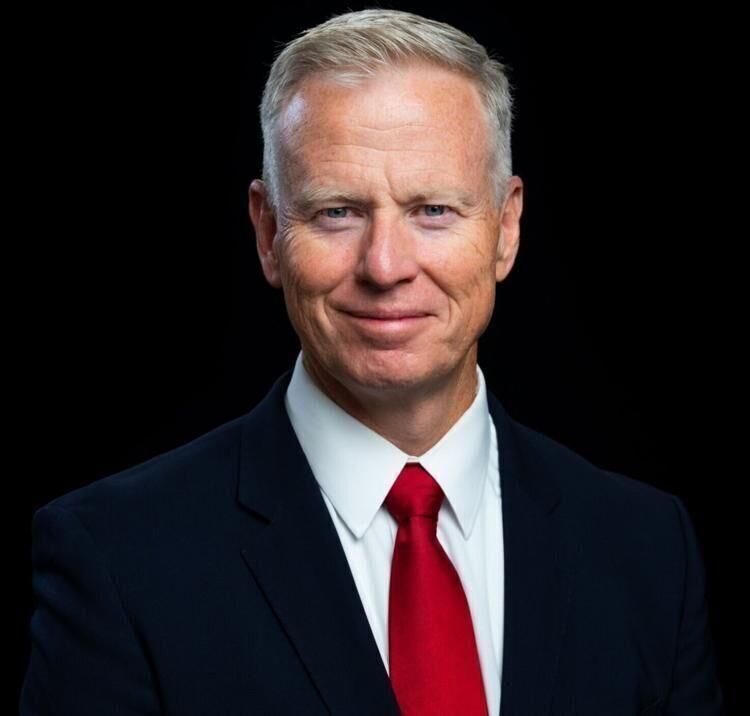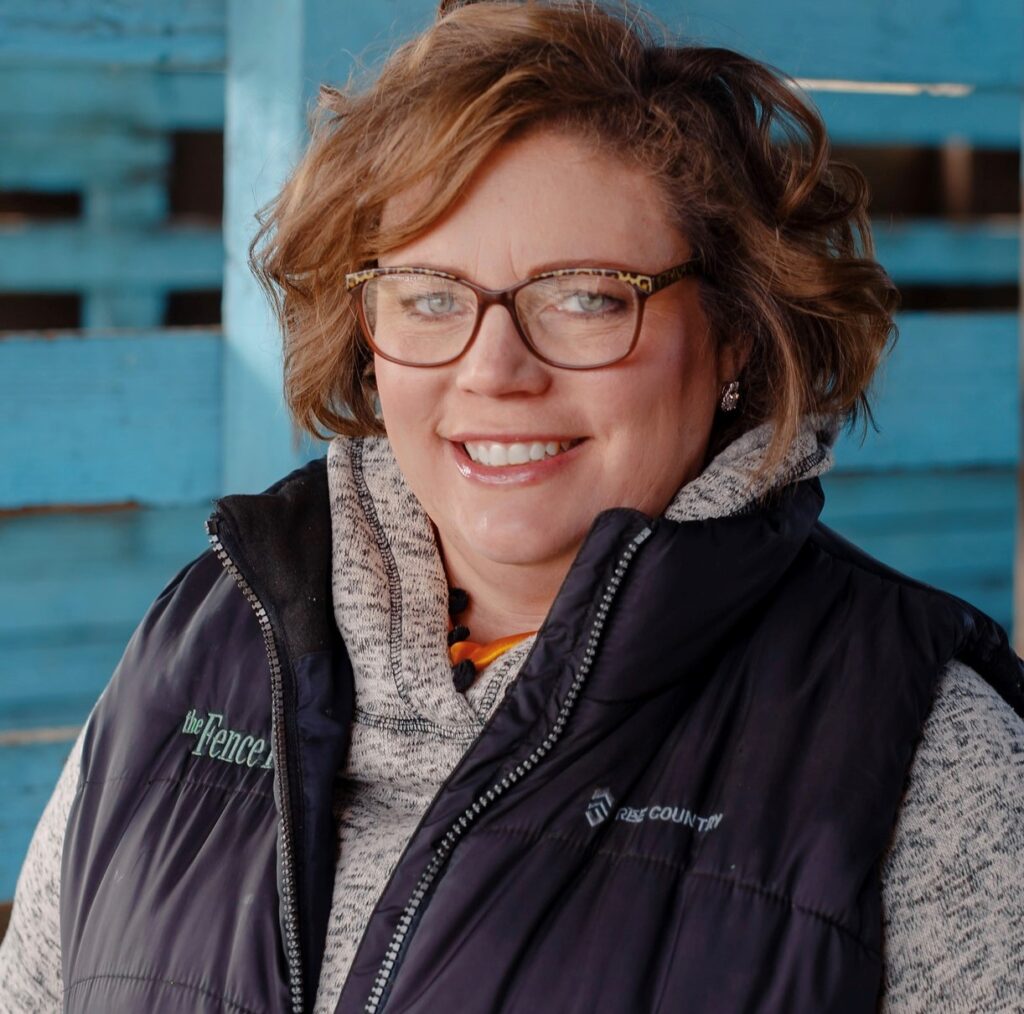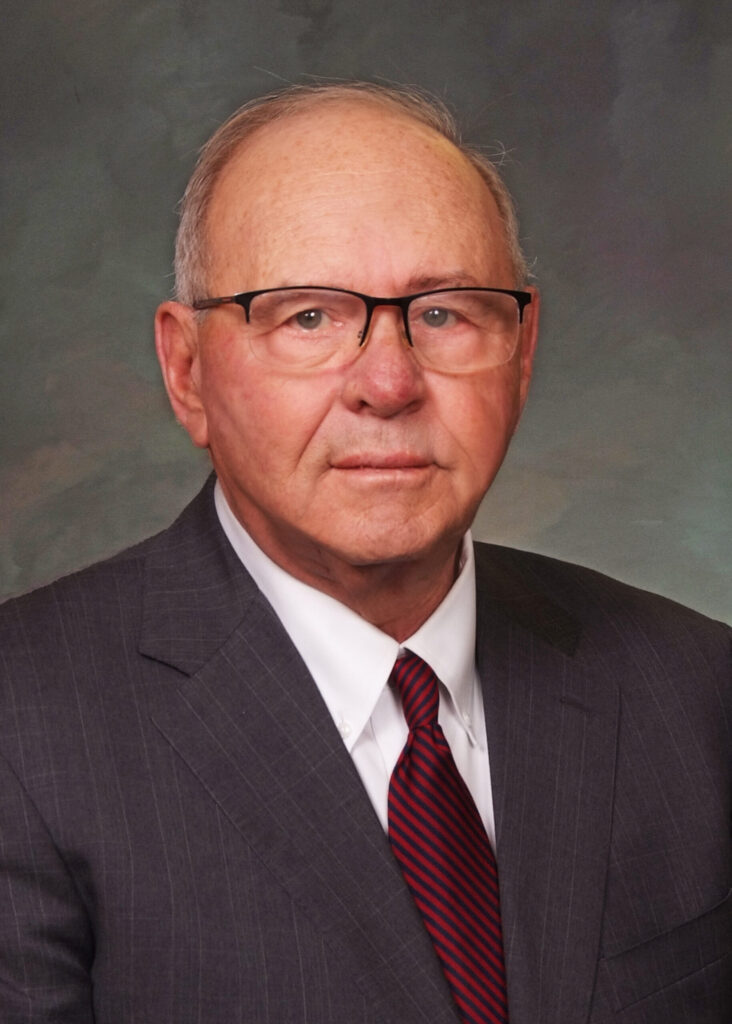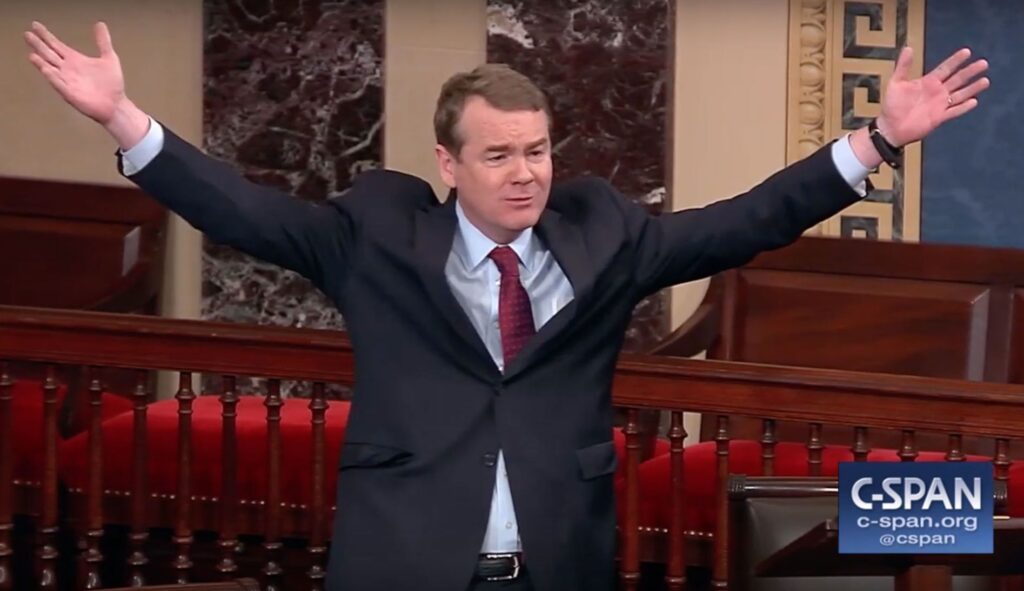Health care savings combined with public school investment a win-win | NOONAN

Paula Noonan
Since chaos is the new world disorder, it’s a great opportunity to turn messes into solutions. Most agree our nation’s health care system is untidy. In Colorado, funding for public education at all levels has been in a jam for years.
The legislature must reconcile the state’s income with its outgo. There’s about a negative $1.2 billion gap. The difference will mostly come out of health care and public education spending.
As of now, 29 bills address some aspect of fixing health care, including price cutting, cost savings, access to treatments, eligibility for insurance, rural hospitals on life support, billing, reimbursements, arbitration and pharmacy benefits management. The numerous attempts at various remedies are symptoms of a patient on life support with no medical power of attorney.
Medicaid in Colorado cost $13 billion in 2022, with the federal government paying 63.6%. Medicaid is supplemented with some sin taxes on tobacco and marijuana. In 2024, Medicaid covered 1.17 million individuals, about 18% of Coloradans. Costs have gone up since 2022 due in large part to retired seniors outliving their savings and requiring long-term home care or nursing home care. Nursing home care runs from $8,000 to $10,000 per month. Home care costs from $5000 to $7,000 per month for full-time help. Medicaid pays for more than half of Colorado’s nursing home care.
Stay up to speed: Sign up for daily opinion in your inbox Monday-Friday
Colorado has a health insurance marketplace called Connect Health Colorado. It relies on private insurers. The plans serve buyers on individual rather than employer-paid programs. In 2023, Connect Health served 282,483 people (19% of Coloradans) with almost 132,000 selecting the Colorado Option. Enhanced financial assistance and other state initiatives helped to increase participation.
At the same time, 575,000 Coloradans lost Medicaid coverage due to changing eligibility. The uninsured rate now is unclear, but it may be in the 6% range, or about 382,000 residents.
Given the state’s taxing methodology under TABOR, keeping up with Medicaid costs is a long-term state budgeting nightmare, as Colorado’s senior population is going up while our youth population is going down. This trend makes the state’s revenue increases limited by TABOR’s basis of population growth plus inflation insufficient to cover the upward spiral in the state’s health care spending.
One bill, SB25-045, at no cost to the state’s budget, will examine whether it makes sense for the state to move toward a more efficient health care coverage, payment and billing system. The bill proposes the Colorado School of Public Health examine whether the state should expand the Colorado Option, currently a private, corporately-managed insurance plan, or create a single, public billing and payment platform for insuring all Coloradans. Both options preserve the private market for health care delivery by doctors, hospitals, etc. The bill sets up a commission to define parameters for assessing these health care solutions. The school will draft potential legislation to present to the General Assembly and ultimately to voters.
If passed, the legislation will be funded by gifts, grants and donations so it has no fiscal impact. SB25-045 passed through the Senate and it’s on its way through the House.
The ultimate object of the bill is to provide health care coverage to all Coloradans, even though the exact means is yet to be determined. The penultimate goal is to save the state up to 15% of current health care costs, or about $4 billion per year.
Last year, the General Assembly fully funded public K-12 education as required by Amendment 23 for the first time in more than a decade. The state also changed the public school finance formula to reallocate money for students with various challenges including special education, low income and English language learning.
However, Colorado still underfunds K-12 education compared to national standards. A legislature authorized study found to adequately support all students, the state would need an additional $4 billion for K-12 schools annually.
This year, due to TABOR limits, full K-12 funding is again threatened. Gov. Jared Polis has recommended changes to school finance that would harm school districts experiencing enrollment loss. The Joint Budget Committee is considering various other options, none of which are advantageous to underfunded schools.
The state may be able to slay two dragons with one javelin by implementing some version of the Colorado Option or a publicly supported insurance program that would substantially reduce administration costs while maintaining current coverage levels.
The combination of $4 billion in health care savings with $4 billion in public school investment would provide health insurance for all state residents while giving kids a fair shot at a top-notch public education. That’s a win-win.
Paula Noonan owns Colorado Capitol Watch, the state’s premier legislature tracking platform.










